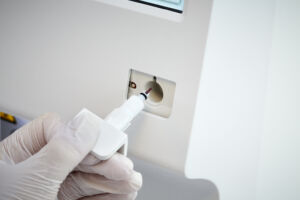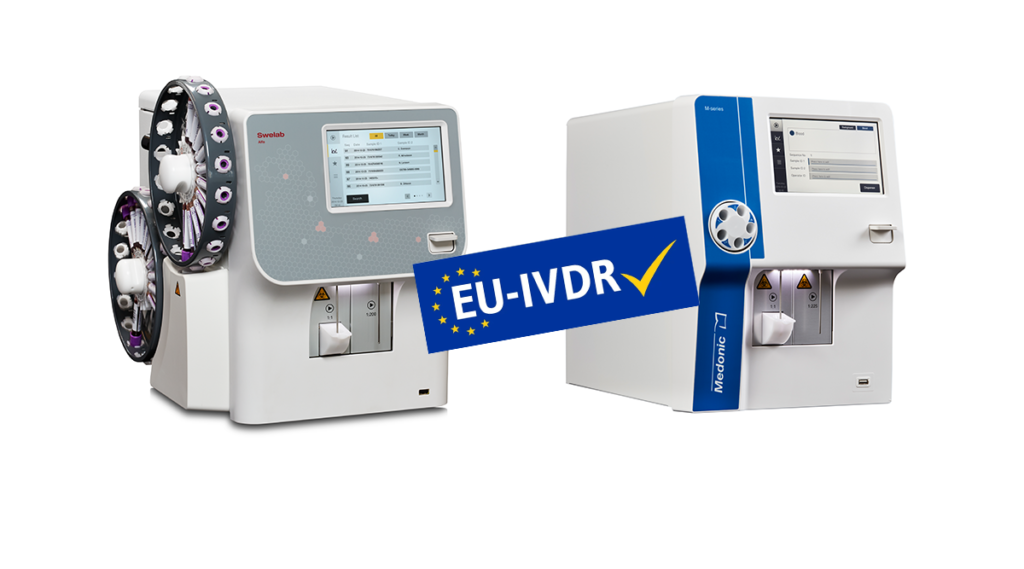The benefits of capillary blood analysis in pediatrics
Collecting blood samples for analysis and diagnosis is an important part of pediatrics. Especially as the disorders that can be revealed like infectious diseases, anemia, platelet dysfunction, blood clotting diseases and leukemia have such serious, life-changing effects.
Nevertheless, we are dealing with small children and infants here. They do not see the importance of blood analysis to their health and well-being. Instead, they see—and feel—a big, sharp needle that must puncture a vein to take a sample.
This is where an alternative capillary blood sampling technique helps by giving a safe, accurate but much quicker and less painful or traumatic method.
The smaller, the better
Given children have smaller veins and an excess of subcutaneous fat that makes visualization and palpation of veins challenging, an alternative to venous sampling is already welcome. But, just as importantly for young children and infants, a smaller blood sample is better for their safety than a much larger sample. In the case of capillary sampling using the Boule micro-pipette adaptor (MPA) method, just 20 μL of blood is needed for an effective sample, whereas a venous sample requires much more. Not to mention the total amount of blood that is lost during the procedure, which, with frequent venous blood sampling can lead to “phlebotomy loss” i.e. losing enough blood to result in anemia.

The simpler, the better
With a capillary blood sample, all you need is a lancet and a capillary tube. And no need for a trained phlebotomist to deal with the often technical difficulty of taking a suitable and safe venous sample.
The quicker, the better
The simpler capillary sampling procedure also means a quicker sample. Taking a relatively painless sample with a fingerstick takes seconds, which minimizes the effect on the child.
But that extra speed also pays off when you combine with the time to analyze using a hematology analyzer with a micro-pipette adaptor. In about a minute, you get a similarly accurate result to a venous sample, but the opportunity to quickly identify any unsuccessful tests, for example due to hemolysis of the sample. This quick feedback with a capillary/MPA test means there is time to redo, avoiding pre-analytic errors as well as the need to reschedule a new appointment and putting the child and parent through the same process again.

Capillary blood sampling: What you need
These are the advantages of pediatric hematology analysis using capillary blood compared to venous samples. But there are a couple of things you will need for you and your patients to take full advantage and get the most of it:
• An analyzer with a specialized MPA inlet. Like our Medonic M32 System or Swelab Alfa Plus analyzers.
• The right procedure for collecting capillary samples. There are essential steps like ensuring the finger is warm with a steady flow of blood. And wiping away the first drop of blood to remove any debris and leave the second drop in good sampling condition.
But with the right procedure quickly becoming natural, collecting and analyzing capillary samples will be as accurate and reliable as with venous samples . But faster and easier to get results as well as immediate feedback on the quality of the test results.

Take the next step
We’ve covered the main advantages and considerations for making a switch to capillary sampling in pediatrics. Here are some other resources that may be useful to you, including our pediatric capillary testing whitepaper that goes into more detail and shows the speed, simplicity and accuracy of analysis using capillary samples. And if you need any more information or advice, please feel free to contact us.
Further resources
Capillary sample collection and analysis in (almost) real time. Watch the video
How capillary sampling works in more detail. Read the summary
Comparison of capillary and venous blood samples on Medonic M32 hematology analyzer.
Read the whitepaper and compare the results.

